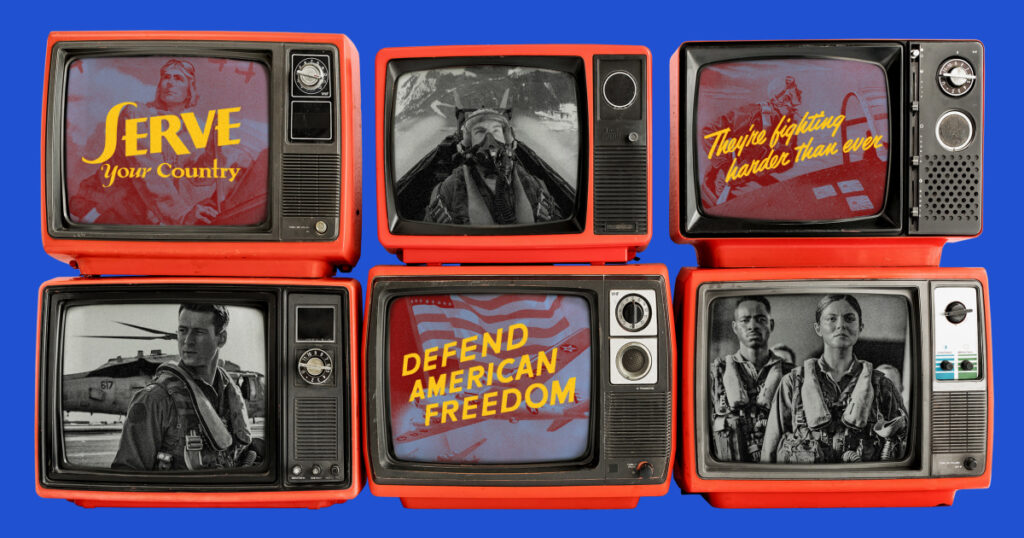“Top Gun: Maverick,” an action flick, a summer blockbuster and a sequel, is not the kind of movie that tends to win accolades at award shows. Yet it’s received six Oscar nominations, including, remarkably, best picture. “Top Gun” has secured an air of gravitas, and could be poised to become canonized as a highly decorated film.
The unusual cultural cache of “Top Gun” is tied to how it fulfills a certain yearning felt across the world of film lovers. In a cinematic climate in which superhero and CGI-animated films have saturated the silver screen, it was a breath of fresh air to see dazzling live-action aerial combat scenes involving real actors (trained to withstand G forces by real pilots) and (mostly) real planes. Although movie theaters are dying and streaming is thriving, this old school thrill attracted huge crowds of all ages to the theaters to make “Top Gun” the second-highest grossing film in 2022 behind James Cameron’s “Avatar: the Way of Water.”
It’s a poisonous kind of nostalgia, one that smuggles love of endless war into a celebration of love of classic action sequences.
But “Top Gun” is as insidious as it is entertaining. It does not merely revive a forgotten human-centered spectacle; it also beckons for a return to accepting the American war machine as a beacon of virtue and excitement. It’s a poisonous kind of nostalgia, one that smuggles love of endless war into a celebration of love of classic action sequences.
“Top Gun” is literal propaganda: In exchange for access to military aircraft, the producers of the movie agreed to allow the Defense Department to include its own “key talking points” in the script. Perhaps equally important, the script had to be written in a manner that flatters the military in order to secure the buy-in of the Pentagon. (Even then, defense officials requested “revisions” to the characters and their actions.) This collaboration in jingoism is evident throughout the script. The minor…
Read the full article here





